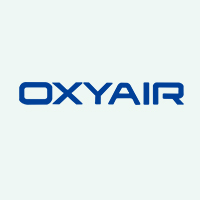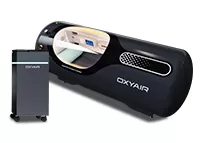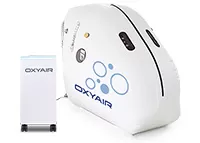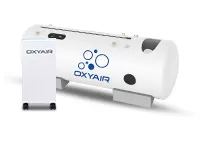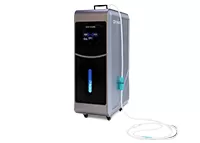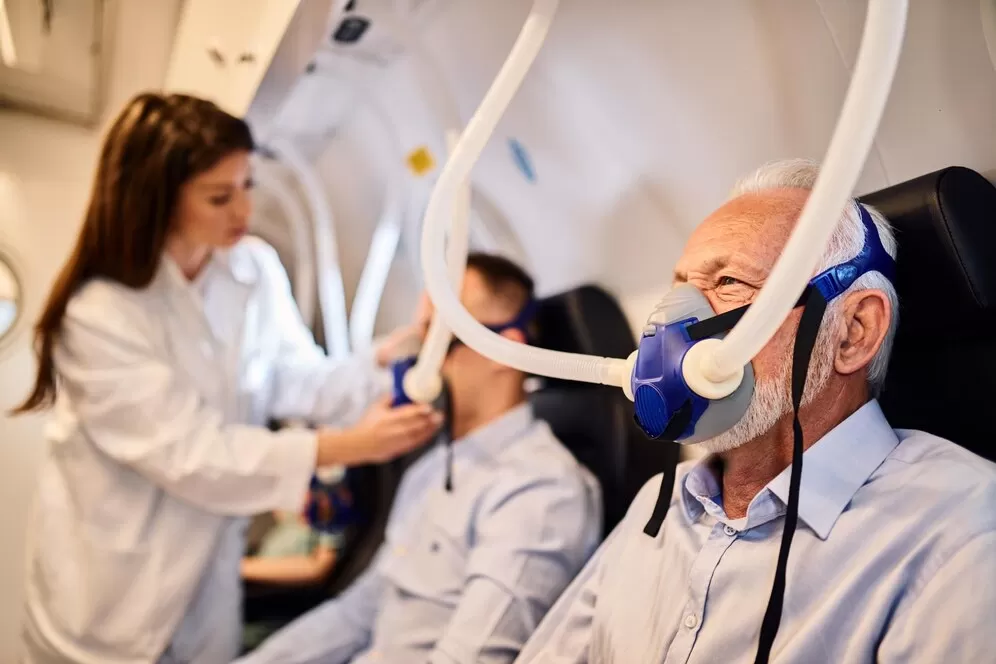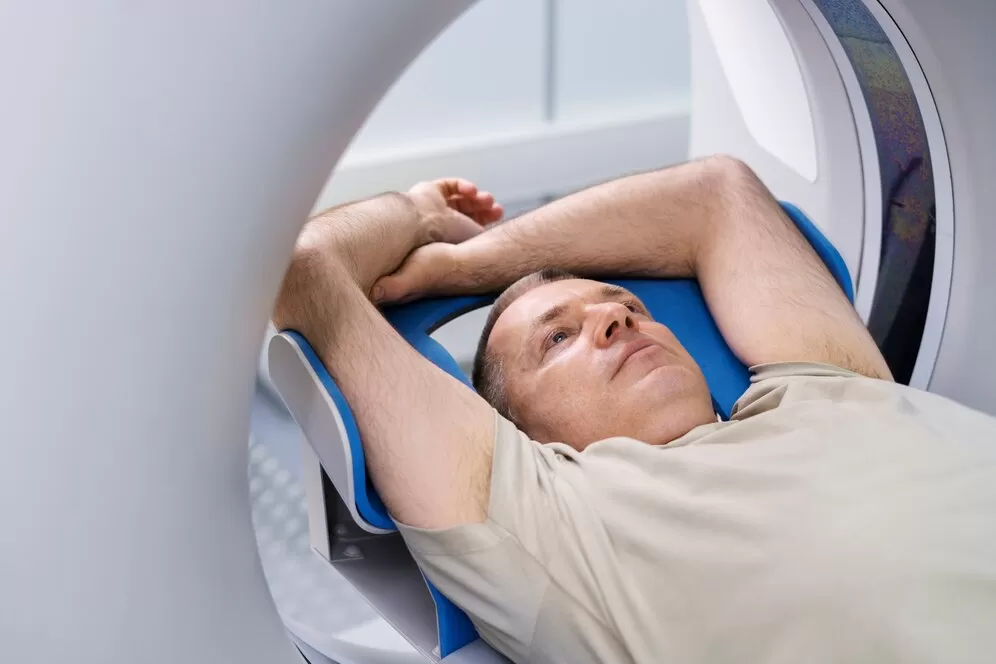Hyperbaric Chamber Maintenance: A Comprehensive Guide
Proper maintenance is crucial to ensure hyperbaric chambers operate normally and safely. As an owner or operator, regular upkeep should be a top priority. Here are some best practices for maintaining your hyperbaric equipment to maximize lifespan and prevent potential disasters.
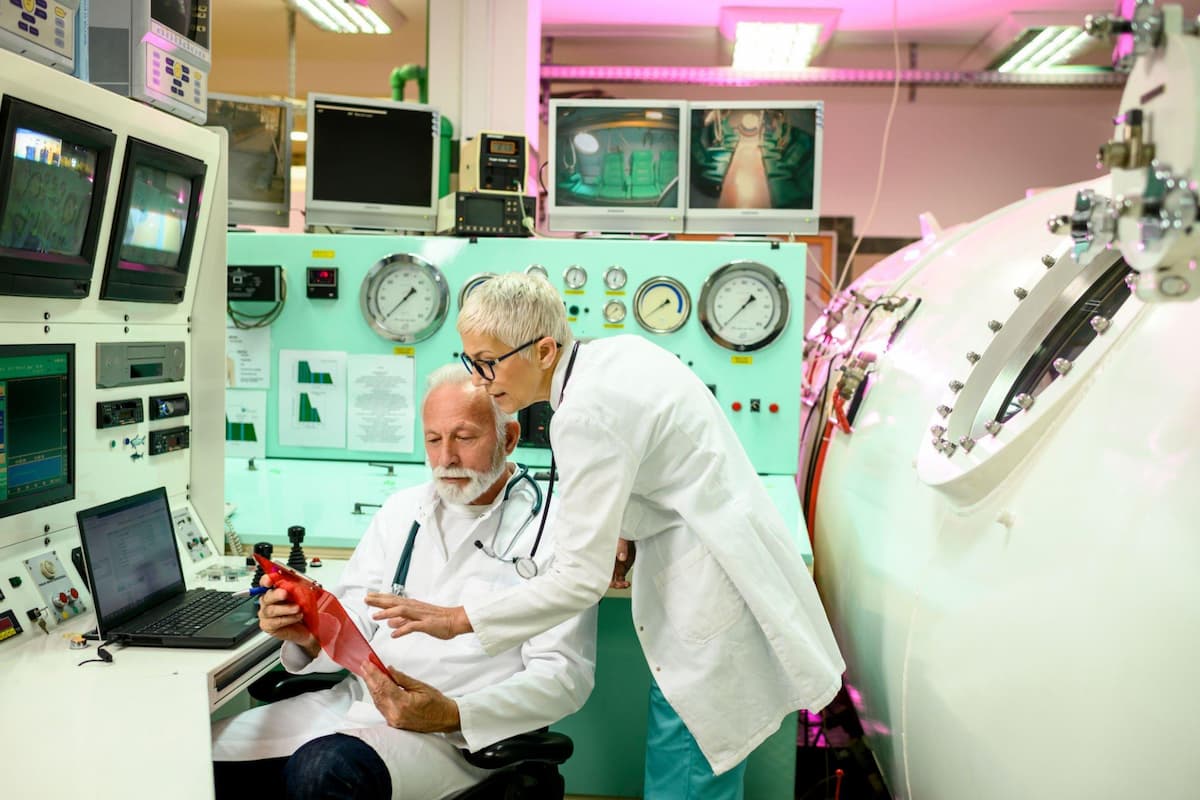
Schedule Regular Cleanings
The chamber should be cleaned after every use. Start by removing any linens, blankets or materials. Use a vacuum to remove loose dirt and debris. Wipe down all surfaces with a non-toxic cleaner or disinfectant. Pay close attention to acrylic viewports and gaskets prone to build-up. Thorough scrubbing helps remove grime and prevent long-term damage.
Deep clean the chamber at least monthly. This involves more extensive washing and removing individual components for cleaning. Follow manufacturer guidelines on proper techniques. Harsh chemicals can degrade acrylic and seals over time so mild cleaners are recommended. Proper PPE like gloves and goggles should be worn during cleaning.
Inspect Seals and Gaskets
One of the most critical tasks is inspecting the door seals and gaskets which provide the airtight environment for pressurization. Even small leaks can prevent proper functioning. Visually check for signs of wear like cracking or loose sections. Listen closely for any hissing during a test cycle indicating air escape. Replace damaged seals immediately to avoid bigger problems.
Lubricate Hinges and Locks
Keep all hinges and latches well-oiled for smooth operation. A dry Teflon-based spray lubricant is recommended for the oxygen-rich environment since oil-based lubricants pose a serious fire hazard. Sticky locks or catching hinges could prevent quick access in an emergency. Proper lubrication improves safety.
Inspect Valves, Gauges and Controller
Visually inspect valves for damage and listen for air leaks. Cross-check gauge readings with other pressure sensors for accuracy. Recalibrate if readings are off. Test emergency release valves to verify proper activation. Inspect circuit boards for loose connections or burnt components. Detecting faulty parts early allows faster repairs.
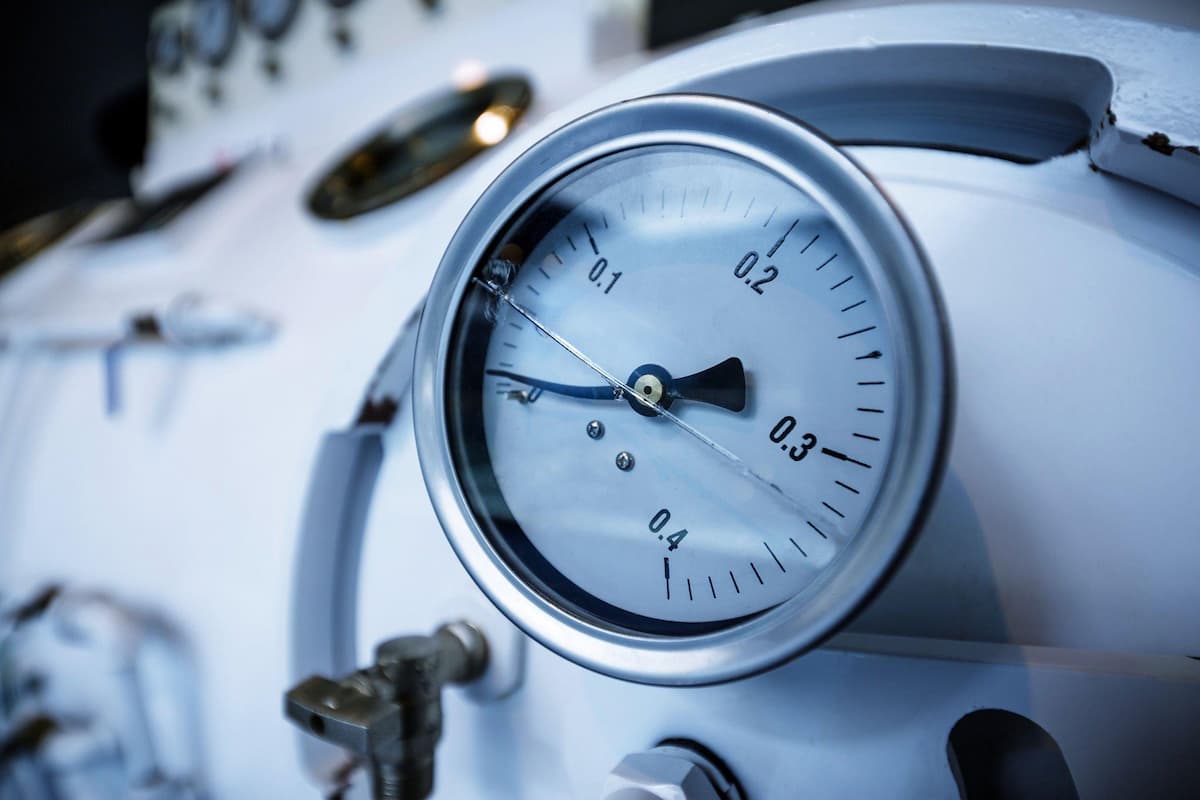
Change Filters Regularly
Change air filters often, especially after heavy use. Dirty filters restrict airflow making pressurization difficult. They also allow contaminants into the chamber which can be dangerous. Refer to the manufacturer's schedule and adjust based on usage. More intensive schedules may be needed for chambers used multiple times daily.
Test Safety Systems
Test alarm systems to ensure proper function. Confirm adequate charge in fire suppression systems. Verify backup oxygen supplies are full. And check two-way communication works clearly. While redundancy prevents outright failure, consistently testing safety systems provides extra protection.
Conduct Pressure Testing
Routine pressure testing uncovers leaks or other issues. Gradually pressurize the chamber to max treatment depth. Allow to sit 10-15 minutes then check for pressure drops indicating air loss. Drop the pressure and allow to sit another 10-15 minutes. Finish by fully repressurizing. Listen and feel around seals for obvious leaks during this process.
Annual Maintenance Checks
Comprehensive maintenance should also occur yearly. Tasks like vacuum testing, gas analysis and component replacement need special equipment and training. Support from the original manufacturer may be required. They can provide certified technicians and parts to restore systems to factory specifications.
Keep Meticulous Records
Meticulous record-keeping is vital for monitoring trends and diagnosing problems. Log details like run times, pressures reached, error codes, seal replacements, filter changes and routine maintenance. Regularly review this data for any red flags. Detailed records also help technicians conduct repairs more efficiently if issues arise.
Maintain Manuals
Keep user manuals, operating guides and maintenance manuals accessible on-site. Regularly review these to refresh yourself on proper usage and upkeep. Manuals from the manufacturer provide key safety warnings, step-by-step instructions, troubleshooting tips and contact information for
technical support.
Proper hyperbaric chamber maintenance requires consistency and attention to detail. But staying on top of regular cleanings, inspections, testing and repairs reduces hazards and maximizes longevity, preventing costly replacements or downtime. Developing robust protocols tailored to your equipment and usage ensures safe, reliable performance for years to come. With a diligent maintenance plan, you can have full confidence in your investment.
Contact us if you need to buy, factory direct sales
OXYAIR is a professional supplier of hyperbaric chambers for home use. We provide both Soft Chambers and Hard Chambers. Our Soft Chambers come in various shapes to meet different usage needs. We also offer OEM customization services, supporting customized chamber LOGO and exterior based on your requirements. Integrating advanced technology and ergonomic designs, Best hyperbaric chamber for home use on the market.

